Fracture Management In Children | छोटे बच्चों में फ्रैक्चर का उपचार | What are the types of fractures? And how are they managed?
- 30.89K
- 2 years ago
Dr. Manpal Singh Narula
Dr. Manpal Singh Narula
Fracture Management In Children | छोटे बच्चों में फ्रैक्चर का उपचार | फ्रैक्चर कितने प्रकार के होते हैं? | और उनका उपचार कैसे किया जाता है?
In this video, SimpliHealth expert orthopedic doctor Dr. M.S Narula is talking about fracture management in children.
- How are these fractures managed?
- What are the types of fractures in children?
How are fractures in children managed?
Fracture management in children, As you all know, children are pretty mischievous. They play here and there, and sometimes it gets complicated to save them from any injury. But as a parent, if we think this type of injury requires doctors’ treatment or it seems they might have a fracture, we must seek doctors’ advice. Children less than 15 years old have different bone structures compared to adults. Children’s bones are relatively soft.
Like a branch of a tree, if we bend it, it breaks. And the bones in children are like the soft green ones, which do not break completely when bent. So children’s bones are very soft and pliable. And they are half cartilage and half bones. Since they are growing, they have more soft tissue cartilage, and the maximum we miss such cartilage Injuries in children.
So they are harmful because of certain other factors, but they are less dangerous because of other factors. So today, we will talk about pediatric fracture and how we deal with it.
Children often come with pain and swelling with a history of falls while playing. And very young can’t tell exactly where it hurts. Under these circumstances, we have to interpret their actions like we can diagnose where they are swelling and pain. If it’s on the leg, they cannot put weight on it, and if it is in the hands, there will be swelling, and obviously, the child won’t be able to use that area. So the first thing we advise the parents to do is X-Ray. If the fracture in the cartilaginous part is not visible in X-Ray, mostly known as epiphyseal injury.
We usually miss these injuries, so to avoid missing these injuries, we often perform the XRay of the opposite arm because the growing end of children often seems like a fracture and is often overlooked. To avoid this, we do complete the X-Ray of the opposite arm. In a few cases where we can’t see the fracture, we opt for an MRI. But mainly, we can interpret the kind of fracture by X-Ray. And like I said, sometimes we need to do an X-Ray of both sides.
WHAT TYPE OF FRACTURE OCCURS IN CHILDREN?
One is buckle fracture with no crack; however, it bends slightly. Another one is greenstick fracture, in which it bends and barely breaks, so it’s an incomplete fracture. There are other known fractures. There are some known areas among children, like when they fall, they fall on their palm, so there is a fracture in the forearm which could be a green stick or complete fracture. Again a prevalent fracture occurs around the elbow, more commonly called a supracondylar fracture. The child falls with the outstretched hand with pain or swelling around the elbow. In the leg, fractures are common in the leg bone, thigh bone, or middle ankle leg, and if there is a significant fall or accident, then thigh bones may crack too. So we mainly diagnose these fractures by X-Ray; in the rare case, we opt for MRI.
Fracture Management in Children: HOW DO WE MANAGE CHILDREN’S FRACTURES?
The good thing about children’s fractures is that they heal efficiently and fast. This is because children have a high capacity for bone healing. In adults, when we heal fractures, our prime aim is to connect the bones either by plaster, nails, or plates. In children, if the bone is lying distant, it still heals, so healing is faster and is much quicker. This factor quite favors the children. That’s why most fractures can be managed with simple plaster unless it is a buckle or incomplete fracture. Then, we put plaster in the same positions to have less or no pain and swelling.
Within 3 to 4 weeks and in some cases in two weeks, the bone heals, and we don’t require any further treatment except for plaster. In a few cases where fractures are displaced a lot, as I told you, their bones heal faster, but one thing you should keep in mind is that even if they lie distant, they will recover but if we allow them to heal in the wrong position it could result in deformity.
Like if the fracture in the leg, there can be an overriding of bones, bones will heal; however, a similar thing is not possible in adults, but there will be shortening of legs, and of course parents nowadays are very anxious, and in children also it is certainly not acceptable. In some cases, if it heals in different angulations, the bone might recover in the crook position, which is also not permissible by the parents.
But I would like to tell you that some sort of angulation is acceptable because there is remodelling in bones as they grow. The crooked part automatically heals in the correct position to some extent at right angles. They remodelled themselves. This angulation is not visible in the thigh bones, where there is muscle mass.
In a few cases, it might generate a cosmetic problem, but it doesn’t cause many problems in children. The main problem is when we miss injuries like epiphyseal injuries, which usually occur around the joint made of half cartilaginous and bones. If we can diagnose it correctly, sometimes we may need an MRI. Since it’s a joint fracture, we need to set it in its normal position. We don’t require an incision, but we fix it by putting some wires with the minor surgery. We can pull these wires after 3 -4 weeks. So in a few cases, we need to operate, especially when there is epiphyseal injury or injury around the joint or a displaced fracture; bones are lying in an unacceptable position, and we operate under these conditions.
Most children can do very well with the plaster. However, there is a word of caution that some children can’t express their issues with plasters, like if it’s tight or they are having some problems, so as an orthopedic surgeon and as a parent, you have to be very alert. An adult may tell you that the plaster got wet, painful, or tight. However, in children, we need to be alert that there are no blue fingers, the plaster is not tight, and sometimes children put coins or something else inside the plaster to itch, so we must take care of all these things since they are different than in adults. We can open plaster after 3-4 maximum six weeks, start the exercises, and injuries in children heal very well.
The only problem is that we miss them, but we diagnose them appropriately. You should be very careful and immediately rush children to the doctor because the bones heal very fast, and if they recover in the wrong position, it limits the option for doctors. So friends, look after your children, be alert towards children, and whenever you feel the need, please go to a nearby orthopedic surgeon and get treated accordingly.





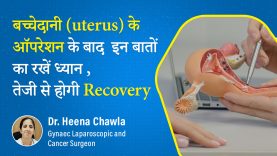
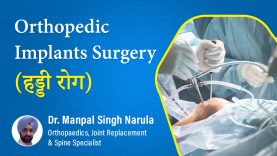
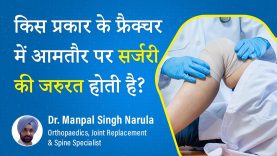
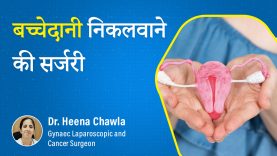
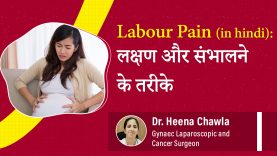
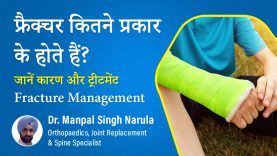
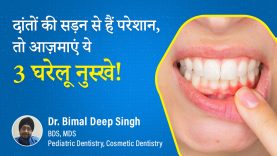
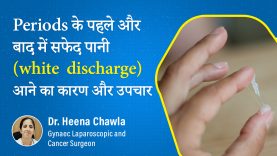


Comments (0)